Ho Chi Minh City Mr. Khoa, 41 years old, had dry throat, difficulty swallowing, runny nose for more than a year, endoscopy results showed a cyst in the nasopharynx.
The patient had grade 3 tonsillitis, a tumor occupying the nasopharynx measuring 2x2 cm, with a smooth surface and pink surrounding soft tissue, according to Master, Doctor, Specialist I Pham Thai Duy, ENT Center, Tam Anh General Hospital, Ho Chi Minh City, on September 19.
"Nasal cysts cause patients to have tinnitus and prolonged runny nose," said Dr. Duy, adding that this type of cyst is located in the nasopharynx, is rare, mostly benign, lined by epithelial mucosa, and filled with mucus or serous fluid.
The tumor was not too big, the rate of benign was high, the doctor advised the patient two options: regular monitoring or surgery. However, the tonsils were hypertrophied grade 3, recurring many times, swollen causing obstruction, dry throat, the patient had been treated with medication but it was not effective, needing surgery to remove.
Mr. Khoa chose to have tonsillectomy and curettage of the nasopharyngeal cyst at the same time. The doctor used a Plasma knife to cut, burn and stop bleeding at the site, shortening the surgery time, reducing pain and minimizing damage to healthy tissue. The pathological results showed a benign lymphoepithelial cyst. This is a benign nasopharyngeal tumor with a cystic shape, thick shell, smooth surface, not attached to bone or mucosa, can move and does not cause pain in the throat or mucosal ulcers.
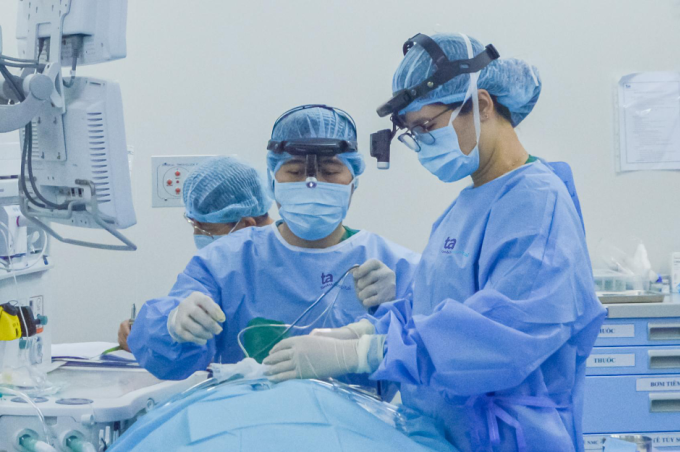
Doctors at the ENT Center perform surgery on a patient. Photo: Tam Anh Hospital
Mr. Khoa said he was surprised when he received the results of the cyst, because he thought he had a sore throat. After the surgery, he was alert and healthy, and was discharged the next day.
Master, Doctor, Specialist II Tran Thi Thuy Hang, Head of the Department of Otorhinolaryngology, Center for Otorhinolaryngology, said that cysts do not have typical symptoms and cannot be observed with the naked eye. The disease can be detected by posterior nasal endoscopy or CT or MRI scan.
Inflammatory tumors often swell, causing postnasal drip, nasal congestion, pain in the occipital region, the back of the neck... The doctor may prescribe surgery to remove it. After surgery, patients need to follow a soft, liquid, cool diet, limit strenuous exercise, loud talking, screaming for two weeks, and avoid bleeding from the surgical wound. The possibility of tumor recurrence after surgery is not high, however, patients should still have regular follow-up to evaluate the nasopharynx, and early detection of other diseases that may appear in this location.
There is currently no way to prevent nasopharyngeal cysts because the mechanism of the disease is unknown. Dr. Thuy Hang recommends that people with symptoms of rhinitis, postnasal drip, and persistent tinnitus should go for a medical examination to determine the cause and have appropriate treatment. Regular health check-ups help detect tumors early when they are small, thereby providing the best treatment prognosis.
Khanh Ngoc
*Patient's name has been changed
| Readers ask questions about ear, nose and throat diseases here for doctors to answer |
Source link










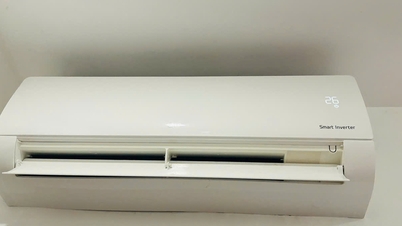

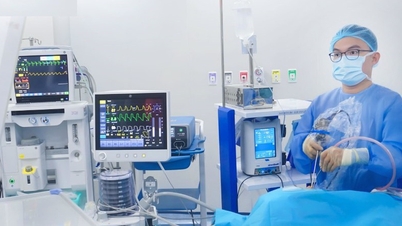
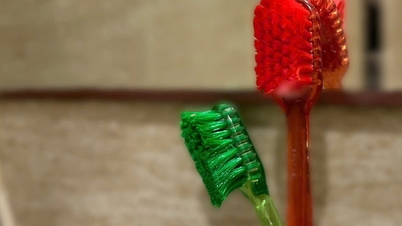



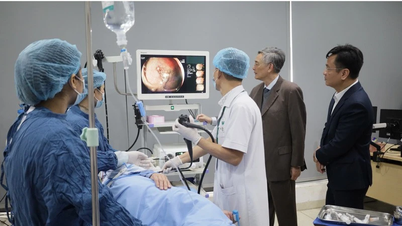





















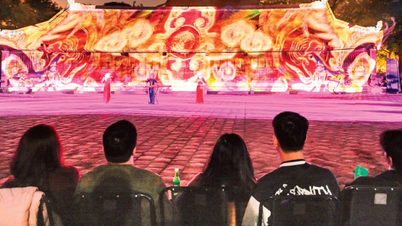

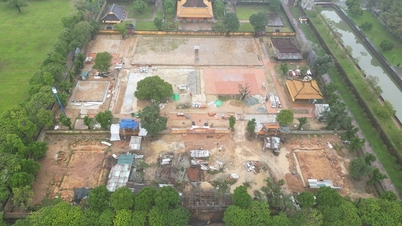
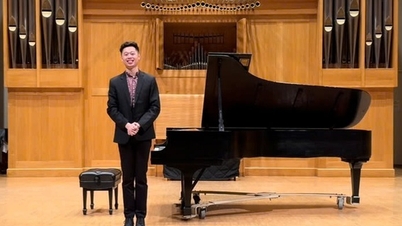

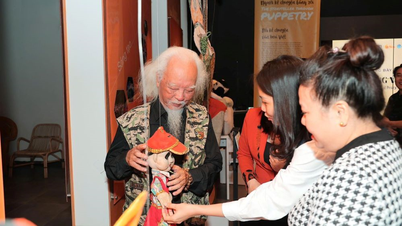

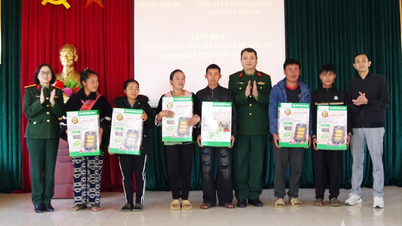




























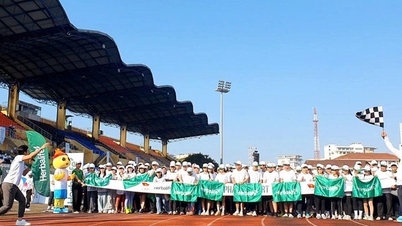





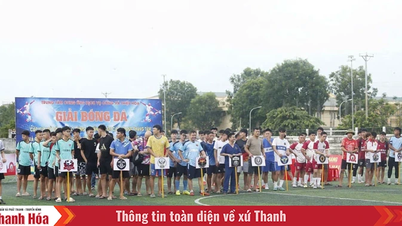



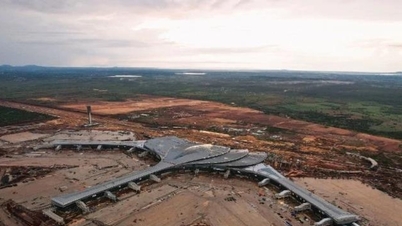






















Comment (0)